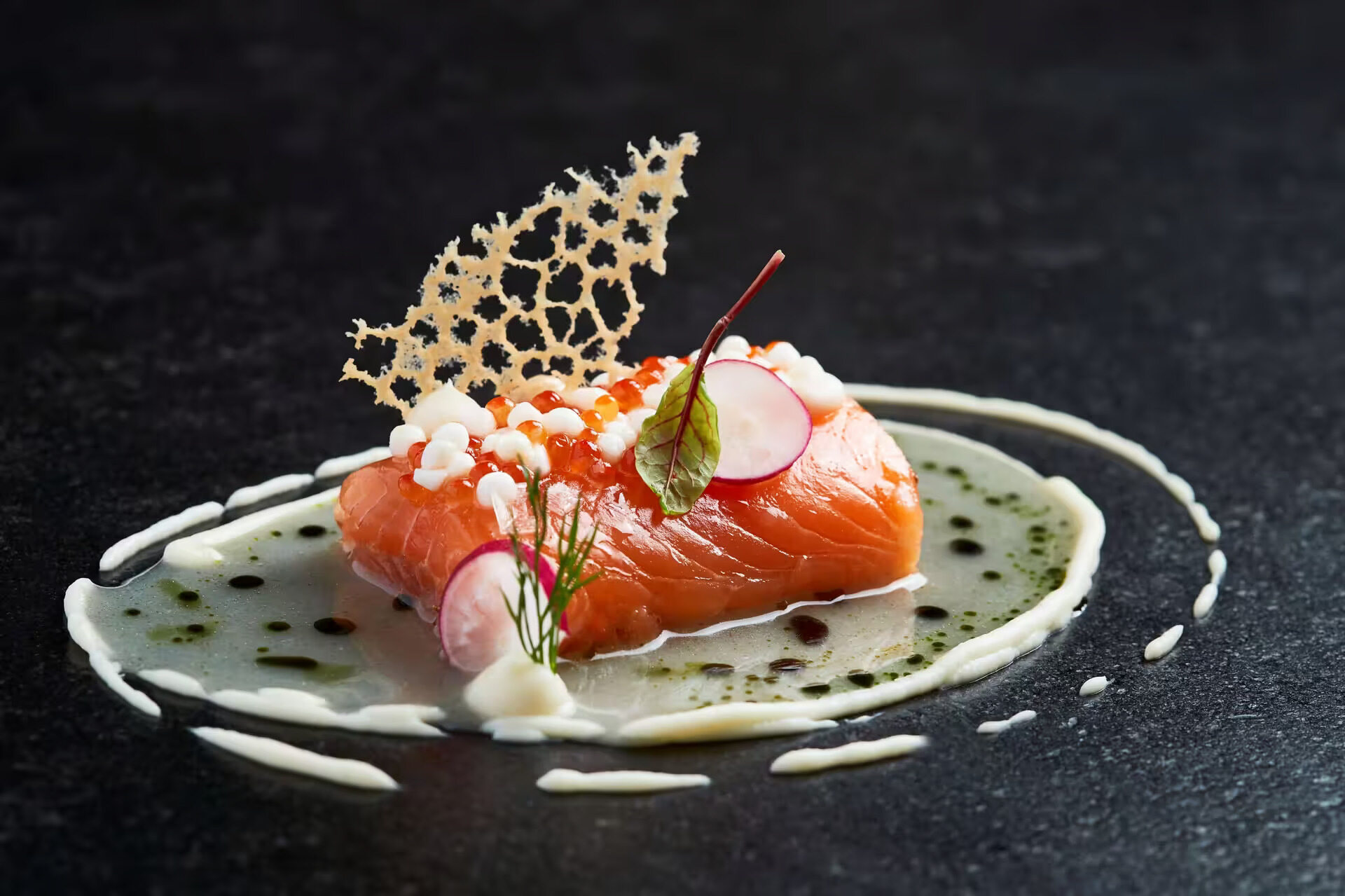
What makes gourmet dining so special? It's not just about the food; it's an experience that tantalizes all your senses. Gourmet dining involves meticulously crafted dishes, often using rare or high-quality ingredients. Chefs pay attention to every detail, from presentation to flavor combinations. The ambiance of a gourmet restaurant also plays a crucial role, often featuring elegant decor and impeccable service. Gourmet dining isn't just a meal; it's a culinary journey that leaves a lasting impression. Whether you're celebrating a special occasion or simply indulging in a luxurious treat, gourmet dining offers an unparalleled experience. Ready to learn more? Let's dive into 20 fascinating facts about this exquisite culinary art form.
What is Gourmet Dining?
Gourmet dining is more than just eating; it's an experience. It involves high-quality ingredients, expert preparation, and exceptional presentation. Let's dive into some fascinating facts about this culinary art.
-
Gourmet dining often features seasonal ingredients. Chefs use the freshest produce available, ensuring each dish bursts with flavor.
-
Presentation is key. The visual appeal of a dish can be as important as its taste. Chefs spend time arranging food artfully on the plate.
-
Portion sizes are usually smaller. This allows diners to savor each bite and enjoy multiple courses without feeling overly full.
-
Wine pairing enhances the experience. Sommeliers select wines that complement the flavors of each dish, elevating the overall dining experience.
-
Gourmet meals can be very expensive. High-quality ingredients and skilled preparation come at a cost, making gourmet dining a luxury.
The History of Gourmet Dining
Understanding the roots of gourmet dining can give us a deeper appreciation for this culinary tradition. Here are some historical facts.
-
Gourmet dining dates back to ancient Rome. Wealthy Romans enjoyed elaborate feasts with multiple courses and exotic ingredients.
-
The term "gourmet" originated in France. It was used to describe a wine broker or a connoisseur of fine food and drink.
-
The first gourmet restaurant opened in Paris. In 1782, La Grande Taverne de Londres set the standard for fine dining establishments.
-
Escoffier revolutionized gourmet cooking. Auguste Escoffier, a French chef, modernized traditional French cooking methods and introduced the brigade system in kitchens.
-
The Michelin Guide began in 1900. Originally a travel guide, it started awarding stars to exceptional restaurants in 1926, becoming a benchmark for gourmet dining.
Techniques and Ingredients
Gourmet dining involves specific techniques and ingredients that set it apart from everyday cooking. Let's explore some of these.
-
Sous-vide cooking is popular in gourmet kitchens. This technique involves vacuum-sealing food and cooking it slowly in a water bath, ensuring even cooking and enhanced flavors.
-
Truffles are a prized ingredient. These rare fungi add a unique, earthy flavor to dishes and are often used in gourmet cuisine.
-
Foie gras is a gourmet delicacy. Made from the liver of a specially fattened duck or goose, it has a rich, buttery flavor.
-
Molecular gastronomy is a modern gourmet trend. This scientific approach to cooking uses techniques like spherification and foaming to create innovative dishes.
-
Caviar is a luxury ingredient. Harvested from sturgeon fish, these tiny, salty eggs are often served as a garnish or appetizer in gourmet meals.
The Role of the Chef
Chefs are the heart and soul of gourmet dining. Their skills and creativity bring dishes to life. Here are some facts about their role.
-
Chefs undergo extensive training. Many attend culinary schools and spend years honing their skills in professional kitchens.
-
Creativity is essential for gourmet chefs. They constantly experiment with new flavors, techniques, and presentations to create unique dining experiences.
-
Chefs often source ingredients locally. This supports local farmers and ensures the freshest possible produce for their dishes.
-
Many gourmet chefs have signature dishes. These creations become synonymous with their name and attract diners from around the world.
-
Chefs often collaborate with other experts. They work with sommeliers, pastry chefs, and other specialists to create a cohesive dining experience.
Savoring the World of Gourmet Dining
Gourmet dining isn't just about fancy food; it's an experience that tantalizes all senses. From the meticulous preparation to the exquisite presentation, every detail matters. The origins of gourmet cuisine trace back to French culinary traditions, but today, it spans the globe, incorporating diverse flavors and techniques. Whether it's a Michelin-starred restaurant or a hidden gem, gourmet dining offers a unique blend of artistry and flavor.
Understanding the nuances of gourmet dining can elevate your appreciation for this culinary art form. It's not just about eating; it's about savoring each bite, recognizing the skill and passion behind every dish. So next time you dine out, take a moment to appreciate the craftsmanship on your plate. Gourmet dining is more than a meal; it's a celebration of culture, creativity, and the joy of food.
Was this page helpful?
Our commitment to delivering trustworthy and engaging content is at the heart of what we do. Each fact on our site is contributed by real users like you, bringing a wealth of diverse insights and information. To ensure the highest standards of accuracy and reliability, our dedicated editors meticulously review each submission. This process guarantees that the facts we share are not only fascinating but also credible. Trust in our commitment to quality and authenticity as you explore and learn with us.


